Banks still "struggling" to find tools for handling bad debt
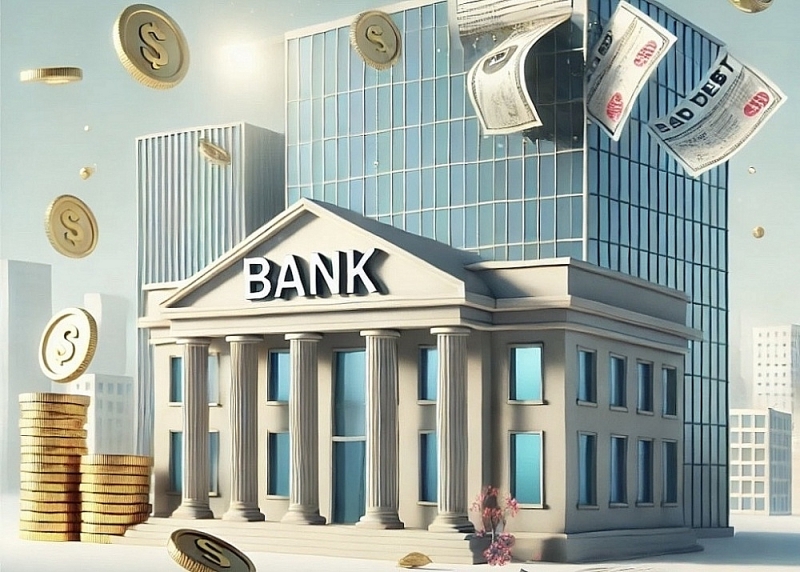 |
| According to SHS, the bad debt ratio is increasing while the provision coverage ratio for bad debt is decreasing. |
Risk of rising bad debt as circular 02 nears expiration
According to financial reports from banks, as of the end of Q3 2024, total bad debt across the banking system reached VND252 trillion, an increase of 20.7% compared to the same period last year and 30.3% compared to the beginning of the year.
Analysts from SHS Securities Company noted that the economy and real estate market were still facing significant challenges during their recovery. Credit disbursement has surged in a short time, mainly driven by the real estate business sector, which inherently carries high bad debt risks. Meanwhile, smaller private banks lack advantages in customer selection, resulting in a client base that often has weaker financial capacity and slower recovery compared to other groups.
Looking ahead to 2025, the State Bank of Vietnam (SBV) has instructed credit institutions (CIs) to strictly adhere to directives regarding monetary and credit activities and comply with regulations on credit provision. This aims to enhance operational efficiency, ensure system safety, and stabilize the monetary market.
The SBV's directive focuses on promoting safe, effective, and healthy credit growth while minimizing the increase and emergence of bad debt. It also emphasizes the safety of CIs operations, directing credit towards production sectors, priority areas, and economic growth drivers aligned with government policy. Simultaneously, strict control is required for high-risk sectors.
According to SHS, the rising bad debt ratio and the declining Loan Loss Coverage Ratio (LLCR) indicate a deterioration in the overall asset quality of the banking system. The LLCR dropped to 83% in Q3 2024, a significant decline from its peak of 143.2% in Q3 2022. SHS forecasts that the bad debt ratio and coverage will improve towards the end of the year, as banks often focus on using provisions to write off bad debts during this period.
Additionally, Circular 02/2023/TT-NHNN (extended by Circular 06/2024-TT/NHNN), which governs debt restructuring, will expire on December 31, 2024, and is unlikely to be extended. This could lead to an increase in bad debts. SHS notes that the expiration of Circular 02 may expand the scale of bad debts and reduce the LLCR but will not affect banks' provisioning practices.
The impact of the circular's expiration will vary across banks. Institutions with strong asset quality, such as BIDV, Vietcombank, VietinBank, Techcombank, and ACB, will be less affected due to robust provision buffers and sound financial health. However, banks with high ratios of substandard loans (Group 2) and low LLCRs are expected to face greater challenges.
The responsibility of borrowers needs to be enhanced
Moreover, difficulties in debt recovery have posed significant challenges for credit institutions (CIs).
Nguyen Quoc Hung, Vice Chairman and General Secretary of the Vietnam Banking Association, stated that CIs were facing potential bad debt risks in the context of the expiration of Resolution 42, which was designed to pilot the handling of bad debts. This has created difficulties in debt recovery, as CIs no longer have the right to seize customer assets, while many customers intentionally refuse to repay their debts. Additionally, the lack of cooperation from customers and the insufficient support from relevant authorities have affected the process of bad debt restructuring at banks.
Currently, many banks continue to auction off collateral assets to recover bad debts. Recently, VietinBank's Ha Giang branch announced the selection of an appraiser for the debt of Trung Linh Phat Company, which includes nine properties and land-attached assets in Hoa Binh and Ninh Binh provinces. Earlier, in October 2024, MSB also announced the auction of four assets from this company.
BIDV has also listed for the third time the bad debt of Tai Nguyen Construction, Production, and Trading Company. The bank mentioned that the collateral for this over VND5,700 billion debt includes land use rights and land-attached assets.
However, as in recent years, the sale of collateral assets by credit institutions (CIs) remains difficult to execute. Some assets have been put up for auction dozens of times, with many assets experiencing a significant reduction in auction values but still failing to be successfully traded. This situation occurs from small to medium-sized banks and even large ones.
One of the solutions proposed by Nguyen Quoc Hung is the continued legalization of the provisions in Resolution 42 of the National Assembly to establish a solid legal framework for bad debt recovery and the handling of collateral assets. Hung emphasized that without a clear legal mechanism, handling bad debt will face many difficulties, directly impacting the restructuring capacity and financial stability of CIs.
Additionally, Pham Toan Vuong, CEO of Agribank, also suggested that the government needs to develop suitable mechanisms and regulations to address bad debt, especially issues related to collateral assets. CIs need legal support to resolve the challenges in handling assets, thereby maximizing the recovery of bad debts.
Moreover, the Vietnam Banking Association has proposed that the Ministry of Justice and the Supreme People's Court consider amending and supplementing certain provisions in the 2015 Civil Code and the 2014 Bankruptcy Law. The goal is to enhance civil responsibility for borrowers and facilitate the bankruptcy process for businesses that are no longer able to recover, thus reducing the economic burden.
Previously, financial experts have also repeatedly suggested the need to build a more professional bad debt trading market with the involvement of reputable valuation organizations and a legal environment that ensures smooth transactions.
Related News
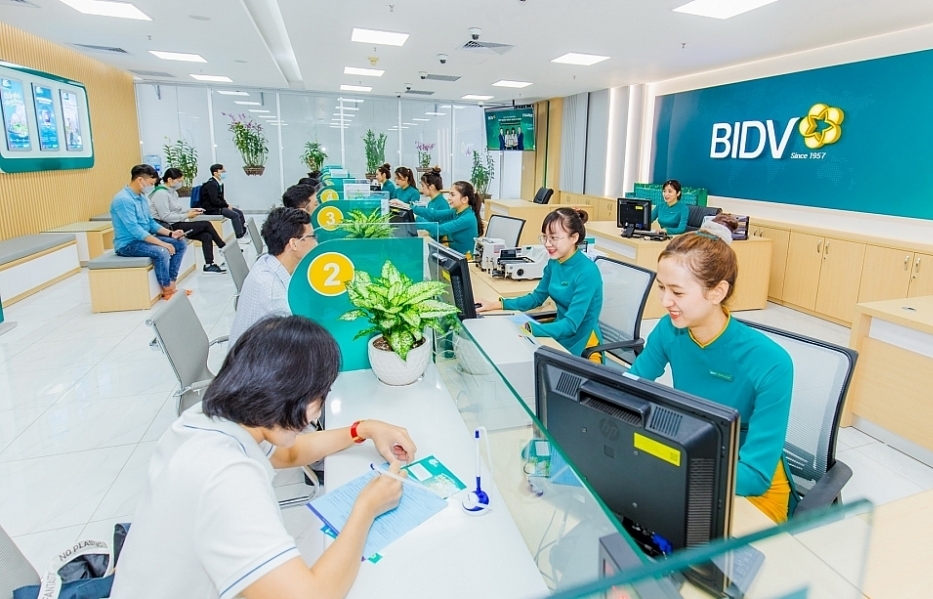
Bad debt at banks continues to rise in both amount and ratio
09:20 | 25/11/2024 Finance

Continue to handle cross-ownership in banks
10:35 | 02/11/2024 Finance

More efficient thanks to centralized payments between the State Treasury and banks
13:51 | 17/10/2024 Finance

Allocating credit room, motivation for banks to compete
19:14 | 14/09/2024 Finance
Latest News
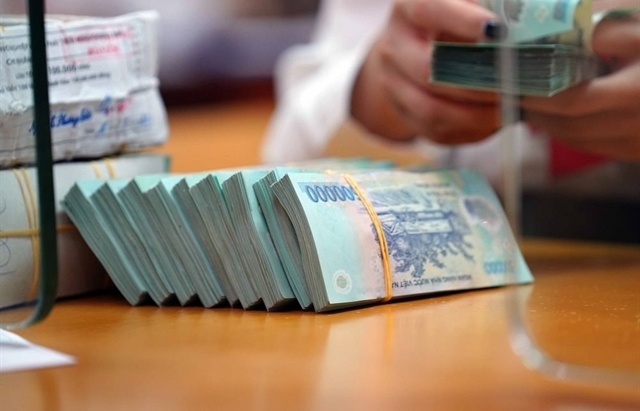
Personal income tax proposed for interest on some bank savings accounts
10:31 | 20/02/2025 Finance

Banks set for aggressive bond issuance in 2025 to fuel growth
16:20 | 19/02/2025 Finance
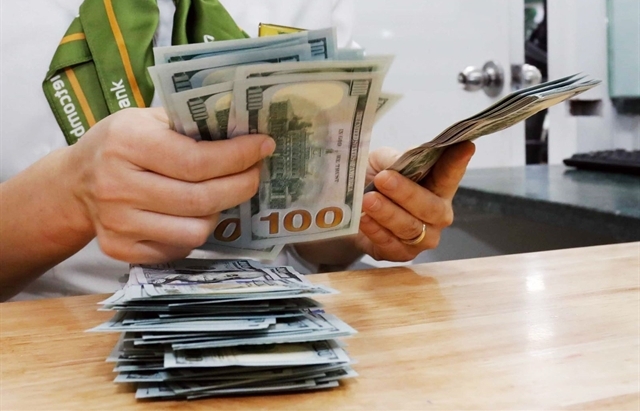
Central bank cuts interest rate on bills for first time in 2025
15:30 | 18/02/2025 Finance
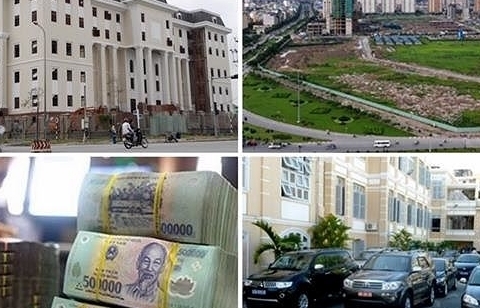
Focusing on inspecting inventory of public assets at units with large and complex assets
16:31 | 15/02/2025 Finance
More News

The government seeks approval for revised GDP, CPI targets
16:28 | 15/02/2025 Finance

Fiscal, monetary policies support demand stimulation, price stabilisation
14:49 | 14/02/2025 Finance
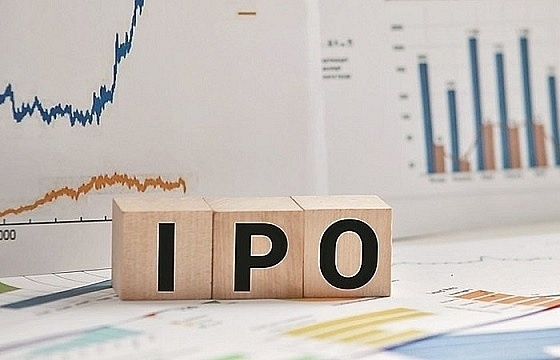
Vietnam secures VND 157 billion from state enterprise divestment in 2024
09:16 | 14/02/2025 Finance

Vietnam gears up for potential inflation impact in 2025
14:26 | 11/02/2025 Finance
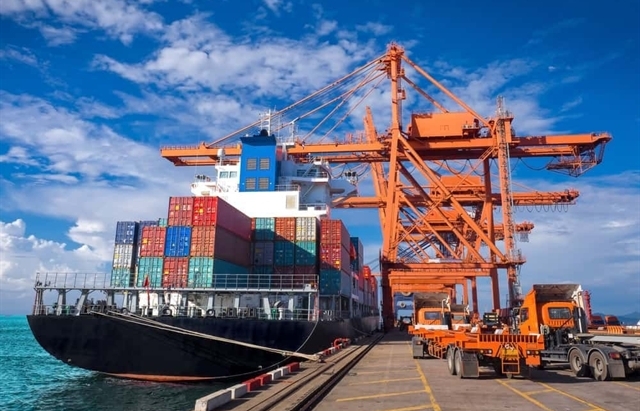
VN’s credit conditions in 2025 expected to be stable
14:24 | 11/02/2025 Finance
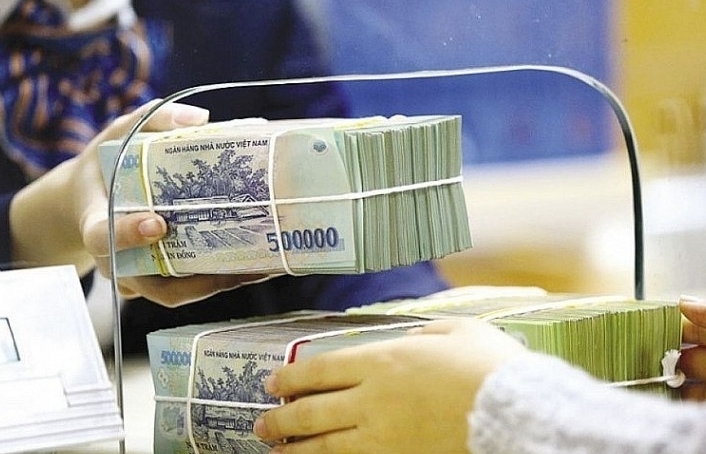
State revenue in first month of the year equal to 14% of the estimate
10:12 | 11/02/2025 Finance

Securities 2025 expects a breakthrough in scale and quality
14:37 | 10/02/2025 Finance
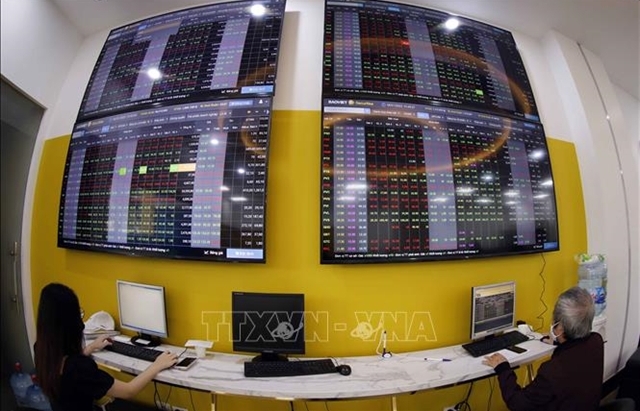
Cash reserves in stock accounts at six-quarter low amid margin rise
08:23 | 10/02/2025 Finance

Five solutions for developing stock market in 2025
10:01 | 07/02/2025 Finance
Your care
The system has not recorded your reading habits.
Please Login/Register so that the system can provide articles according to your reading needs.

Personal income tax proposed for interest on some bank savings accounts
10:31 | 20/02/2025 Finance
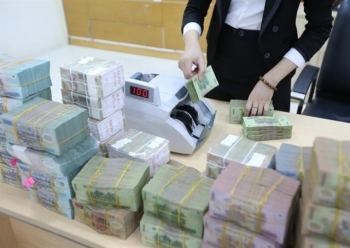
Banks set for aggressive bond issuance in 2025 to fuel growth
16:20 | 19/02/2025 Finance

Central bank cuts interest rate on bills for first time in 2025
15:30 | 18/02/2025 Finance

Focusing on inspecting inventory of public assets at units with large and complex assets
16:31 | 15/02/2025 Finance

The government seeks approval for revised GDP, CPI targets
16:28 | 15/02/2025 Finance
